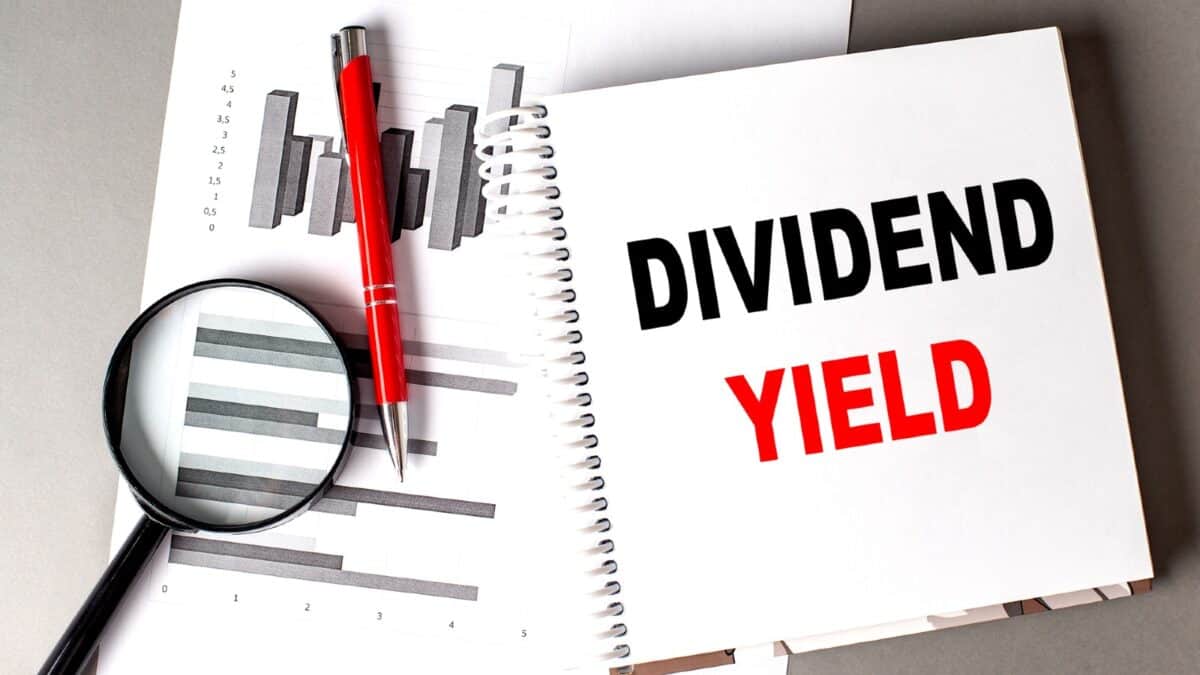Octopus Renewables Infrastructure15 January 2025

Disclaimer
Disclosure – Non-Independent Marketing Communication
This is a non-independent marketing communication commissioned by Octopus Renewables Infrastructure. The report has not been prepared in accordance with legal requirements designed to promote the independence of investment research and is not subject to any prohibition on the dealing ahead of the dissemination of investment research.
Overview Analyst’s
ORIT’s broadly diversified renewables portfolio is significantly undervalued…
Overview
Octopus Renewables Infrastructure (ORIT) has the capacity to generate over 1400GWh , the equivalent of powering c. 360,000 homes , from its diverse portfolio of solar and onshore and offshore wind assets. The trust is managed by an experienced team with skills across the whole value chain from development, construction, operations, and finance. While 95% of ORIT’s portfolio is operational, about a quarter of that originates from development and construction projects led by the Octopus Energy Generation (OEGEN) team. ORIT’s assets are located in the UK, Ireland, France, Finland, and Germany.
ORIT currently yields c. 8.8% factoring its c. 34% discount. From the first year of full investment in 2021 ORIT’s dividend has been fully covered and risen in line with UK CPI inflation and is on target to repeat this in the financial year ending 31/12/2024. Over the next two years, 85% of ORIT’s cash flows are already fixed and over ten years, 50% of the income is inflation-linked.
Over the last year, ORIT has selectively disposed of assets with a value of £161m, at prices on average higher than the carrying value, providing additional confidence around the valuation of the assets and hence the NAV. One of the disposals also validates ORIT’s development and construction capabilities, having been taken through all the stages through to operational, before disposal above book value. The management team of more than 150 professionals have experience, going back to 2011, in development and construction projects in addition to operating and financial experience. While 95% of ORIT’s assets are operational, relatively small amounts of capital allocated to development can create significant value, and with strong dividend cover and selective disposals, ORIT does not need to resort to raising new equity in order to acquire new assets.
Analyst’s View
While ORIT’s discount of c. 34%, which is close to its peer group average, suggests that investor sentiment to this asset class remains weak, the trust has sailed through the period characterised by higher inflation and interest rates with the dividend increasing in line with CPI even at its highest point. One could regard this as a successful stress test for the portfolio, as we can imagine some investors may have been sceptical that inflation links would hold when inflation ran into double-digits, but hold they did, and the result flowed through to the dividend.
As the ORIT team notes, in a more difficult environment for raising capital, and with higher borrowing costs, ORIT’s ability to deliver on development and construction projects, with the potential to generate higher returns while utilising less capital, comes into its own.
ORIT’s discount to net asset value, c. 34%, means that in effect the market is saying that the discount rate implied by the portfolio valuation is c. 10%, rather than the 7.0% it actually is, with the abovementioned disposals providing real-world evidence of that latter figure. In our view, the unwinding of the discount over time is very likely to give investors, at this point a return, higher than ORIT’s target returns, and with a large part of this return generated through dividends, investors don’t need to rely on the discount closing in the short-term to achieve this.
Bull
- A high and rising yield. Dividend has risen in line with inflation
- A wide 34% discount but asset disposals at a premium to valuation help ‘prove’ the NAV
- Portfolio diversified by geography and stage, with returns potentially enhanced by ORIT’s development and construction projects
Bear
- Investor sentiment to renewables infrastructure trusts remains weak
- ORIT’s gearing could amplify losses as well as gains
- Development and construction are more risky than acquiring






